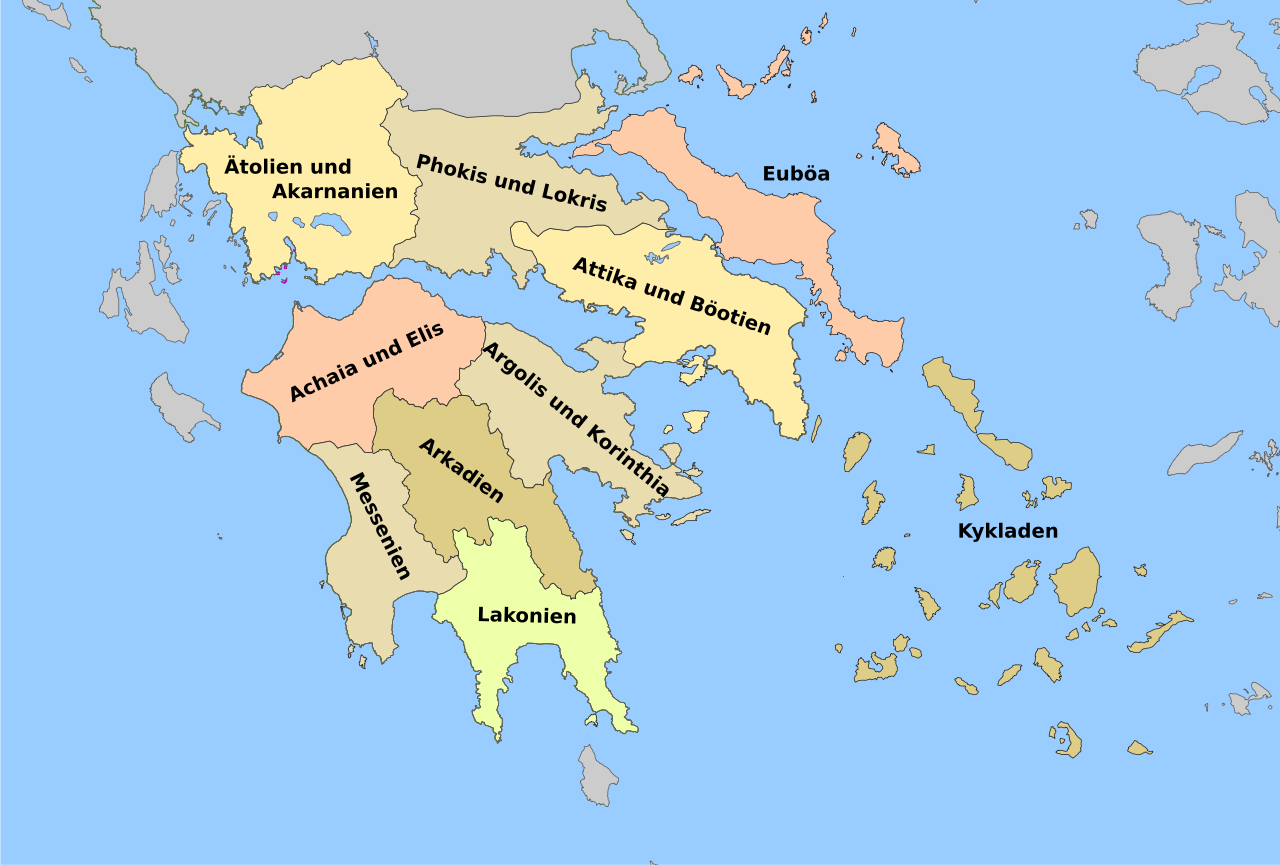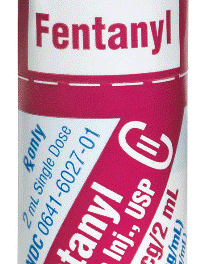An article in yesterday’s NY Times by David Morris recounts his seeking help from the Veterans Administration to deal with Post-Traumatic Stress Disorder. Here’s Morris’s very informative description of the VA approach:
There are two widely used treatments for PTSD at the V.A. One is called cognitive processing therapy. The other is prolonged exposure therapy, the effectiveness of which the V.A. heavily promotes. After explaining my symptoms to the intake coordinator, I was told that prolonged exposure was the best therapy for me. He said that the treatment worked for about 85 percent of people (“some pretty darn high odds if you ask me”).
My therapist, with whom I would meet twice a week, started with a short overview. Prolonged exposure therapy was developed in the 1980s by Edna Foa, a professor of clinical psychology, and colleagues of hers at the University of Pennsylvania. It is built on the idea that after traumatic experiences like I.E.D. ambushes, plane crashes and sexual assaults, survivors can “overlearn” from the event, allowing fears arising from their trauma to dictate their behavior in everyday life. Some survivors find that the only way to feel safe is to restrict their daily routine to a small range of activities. One Iraq veteran I knew, who had lost several buddies in an I.E.D. blast near Falluja, stopped leaving his apartment.
The promise of prolonged exposure is that your response to your trauma can be unlearned by telling the story of it over and over again. The patient is asked to close his eyes, put himself back in the moment of maximum terror and recount the details of what happened. According to the theory, the more often the story is told in the safety of the therapy room, the more the memory of the event will be detoxified, stripped of its traumatic charge and transformed into something resembling a normal memory.
The process sounded like all my dealings with the V.A.: Before you could find any relief, you had to traverse a little bit of hell.
MY therapist instructed me to select a traumatic event to focus on. As someone who had spent 10 months in some of the deadliest parts of Iraq, I had collected a number of near-death experiences. Would I choose the time I rode in a helicopter that was nearly shot down over Falluja? The I.E.D. ambush I saw near the town of Karma that killed two Pennsylvania National Guardsmen? The week I spent with some Marines from my old battalion when we were shelled for seven days straight? To focus on a single event seemed absurd, the equivalent of fast-forwarding to a single scene in an action film and judging the entire movie based on that.
In the end I chose the story of the I.E.D. ambush I survived in 2007 in southern Baghdad. Over the course of our sessions, my therapist had me tell the story of the ambush dozens of times. I would close my eyes and put myself back inside the Humvee with the patrol from the Army’s First Infantry Division, back inside my body armor, back inside the sound of the I.E.D.s going off, back inside the cave of smoke that threatened to envelop us all forever.
It was a difficult, emotionally draining scene to revisit. This was the work site of prolonged exposure therapy, where the heart’s truest labor was supposed to happen. Given enough time and enough story “reps,” when I opened my eyes again, I wouldn’t feel forever perched on the precipice of a smoke-wreathed eternity. I wouldn’t feel scared anymore.
When I mentioned all this to my therapist, he seemed unsurprised.
“You weren’t drunk at the time?” he asked.
“No. That came later.”
Following a heated discussion, in which I declared the therapy “insane and dangerous” and my therapist ardently defended it, we decided to call it quits. Before I left, he admonished me: “P.E. has worked for many, many people, so I would be careful about saying that it doesn’t work just because it didn’t work for you.”
WITHIN a few weeks, my body returned to normal. My agitation subsided to the lower, simmering level it had been at before I went to the V.A. I began once more to sleep, read and write. I never spoke about the I.E.D. attack again.
In one sense, my therapist was right: Prolonged exposure has worked for many people. It has arguably the best empirical support of any PTSD therapy currently in use by the V.A. One recent study found that among veterans who completed at least eight sessions of treatment, prolonged exposure therapy decreased the proportion who screened positive for PTSD by about 40 percentage points. But the treatment may not be as effective as the V.A. would have you believe: About a quarter of the veterans in that study dropped out of the treatment prematurely, much as I had.
After my experience with prolonged exposure, I did some research and found that some red flags had been raised about it. In 1991, for example, Roger K. Pitman, a professor of psychiatry at Harvard Medical School, conducted a study of exposure therapy on Vietnam veterans and observed some troubling complications: One subject developed suicidal thoughts, and others became severely depressed or suffered panic attacks. A similar study, published in the Journal of Traumatic Stress in 1992, found that Israeli army veterans experienced an increase in the “extent and severity of their psychiatric symptomology.”





